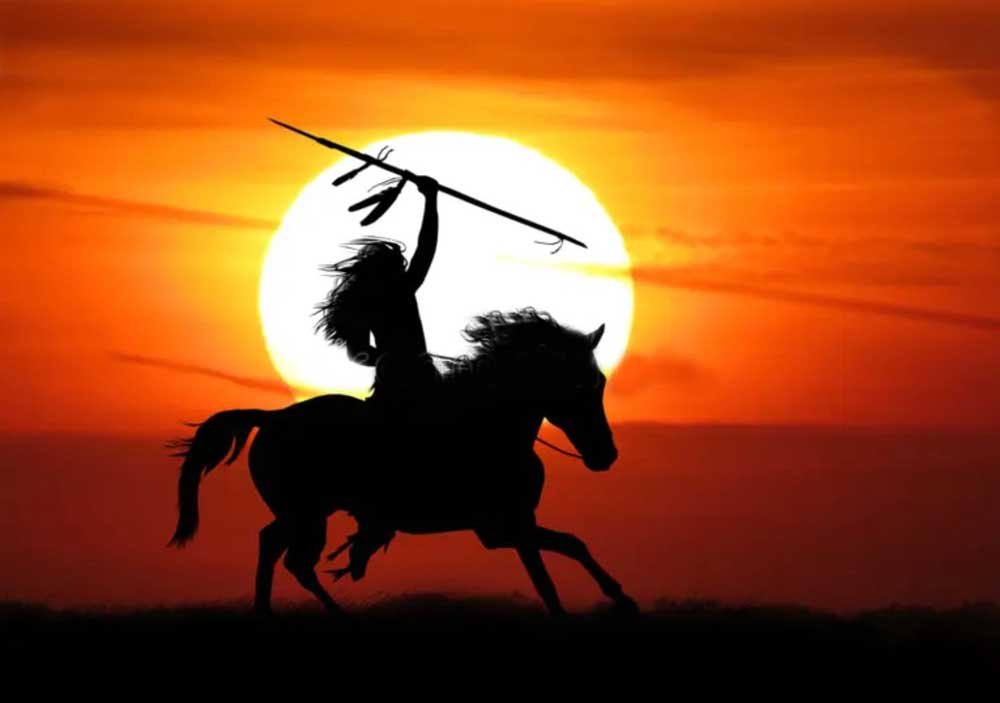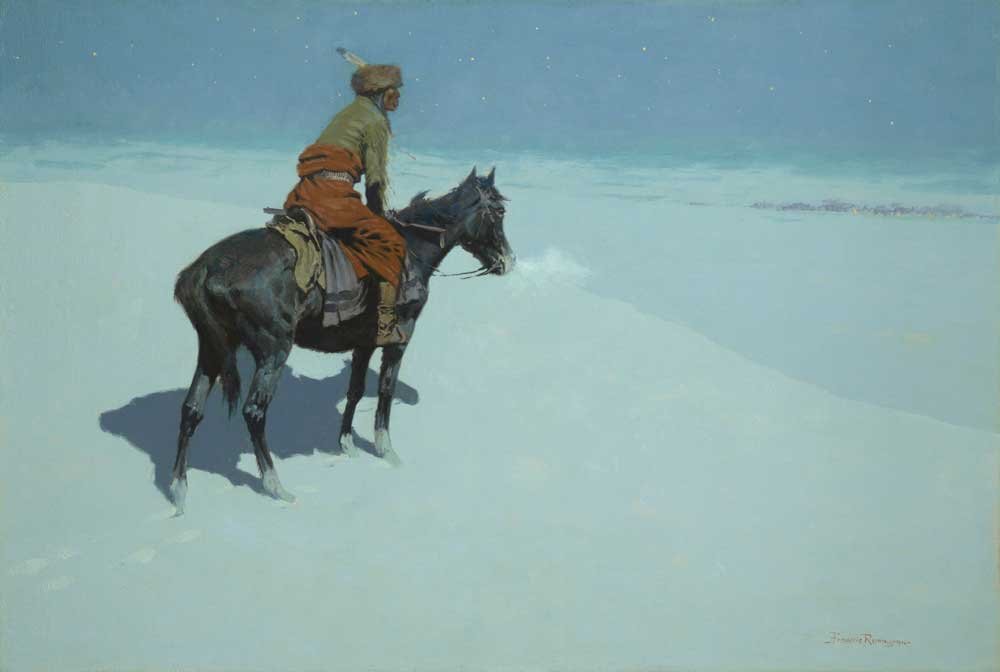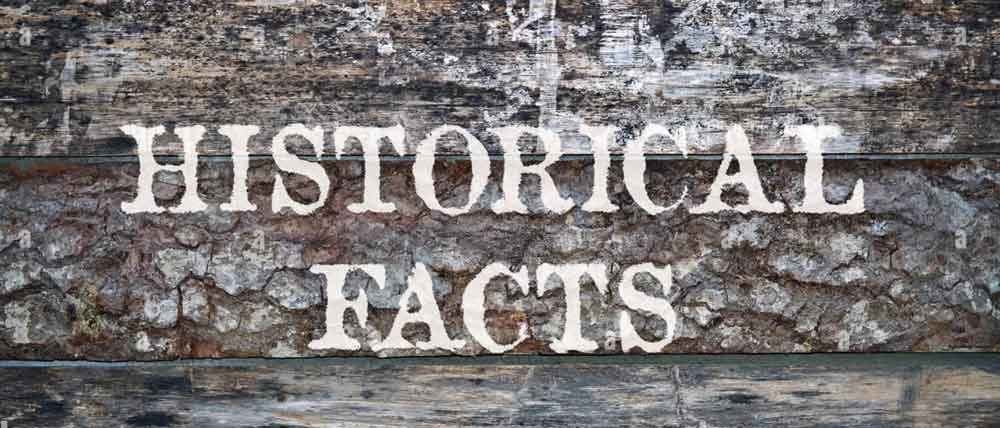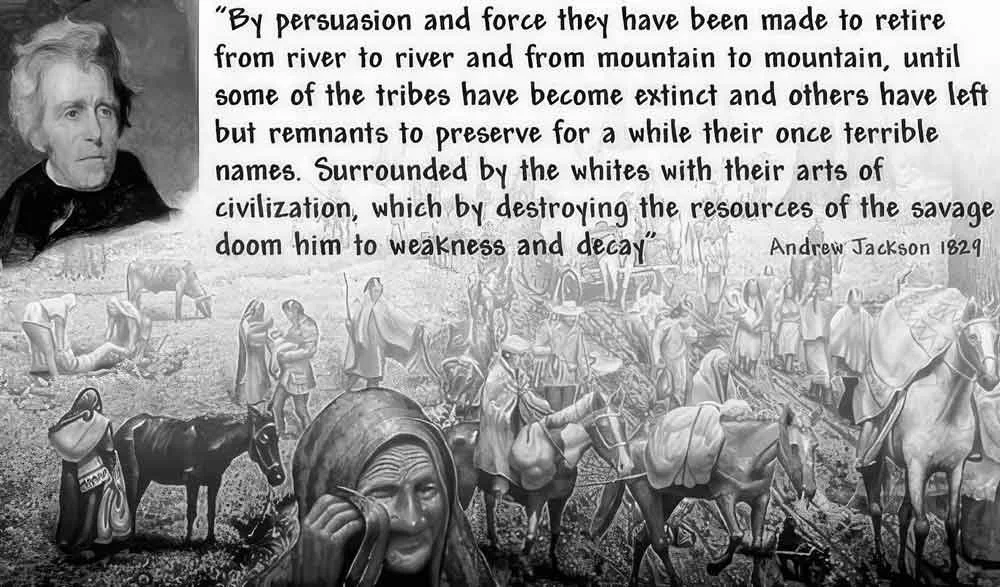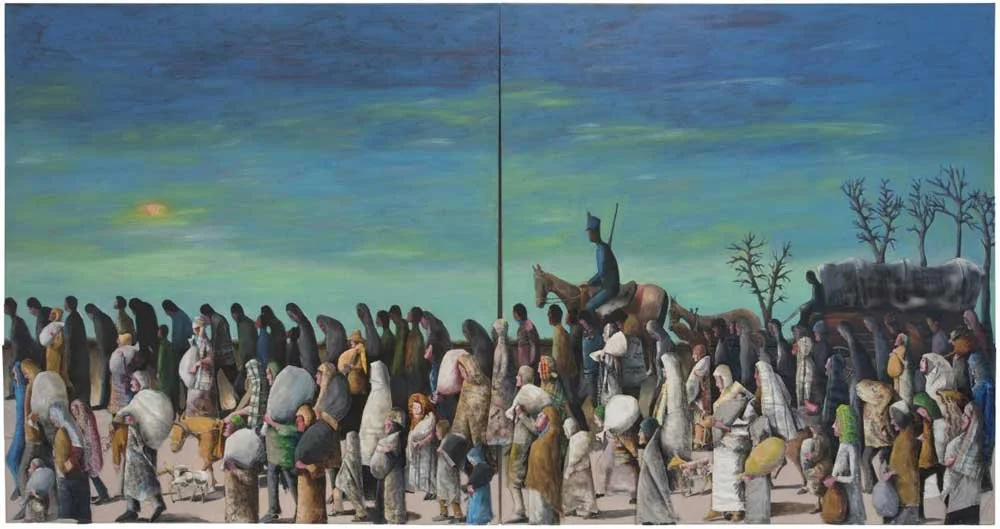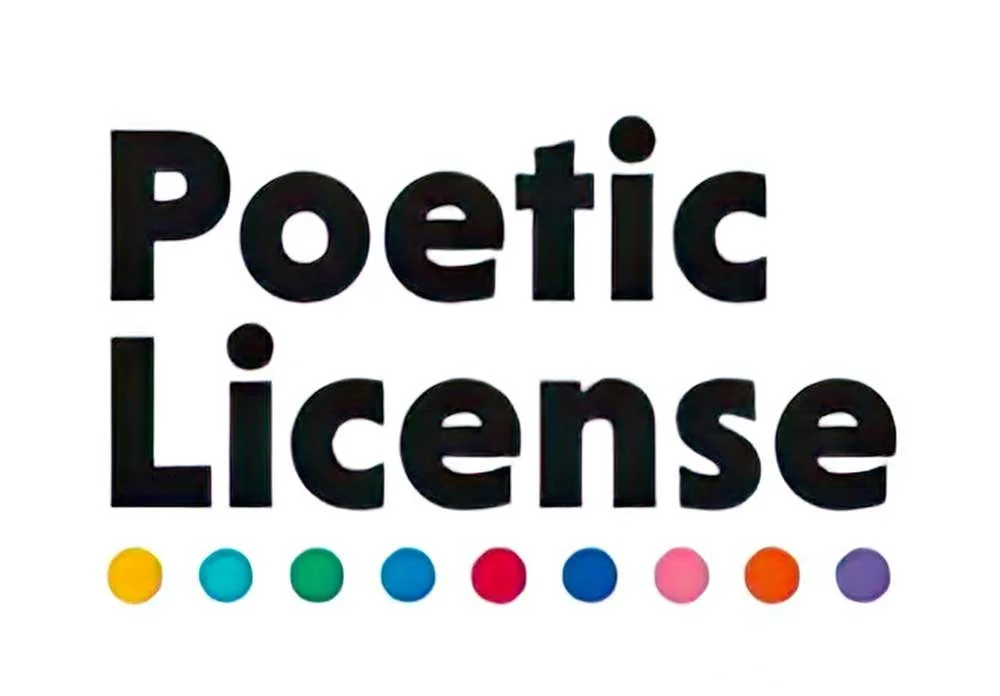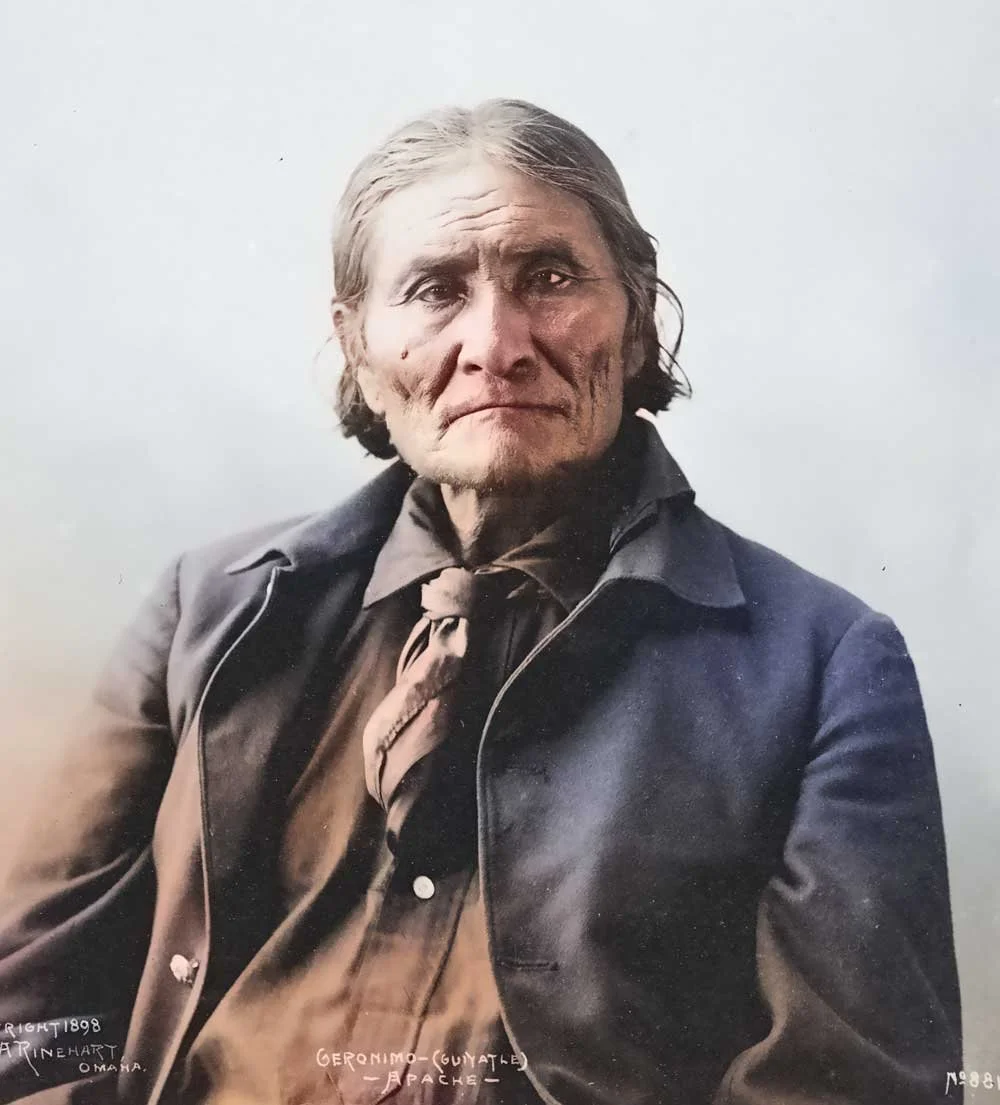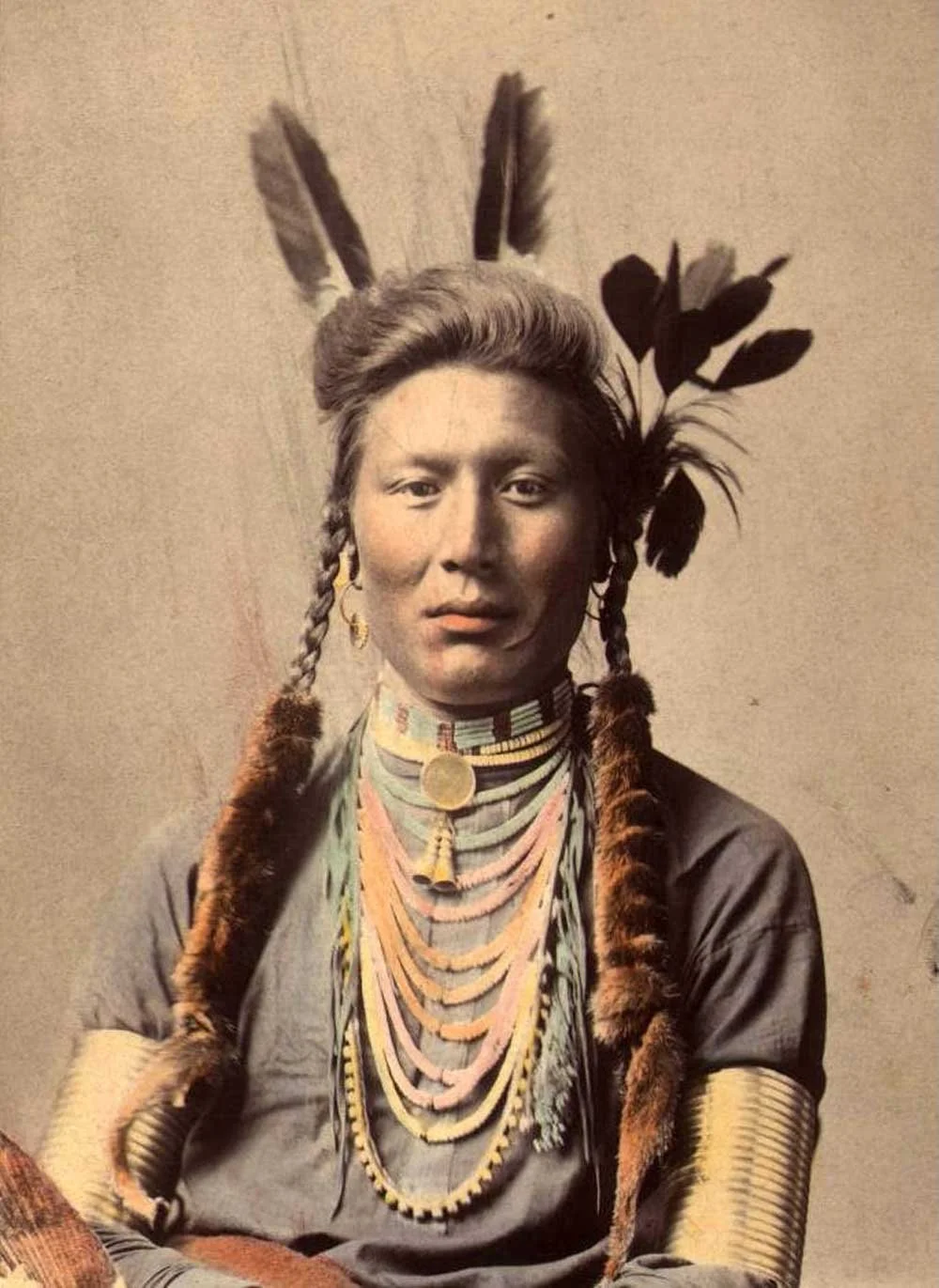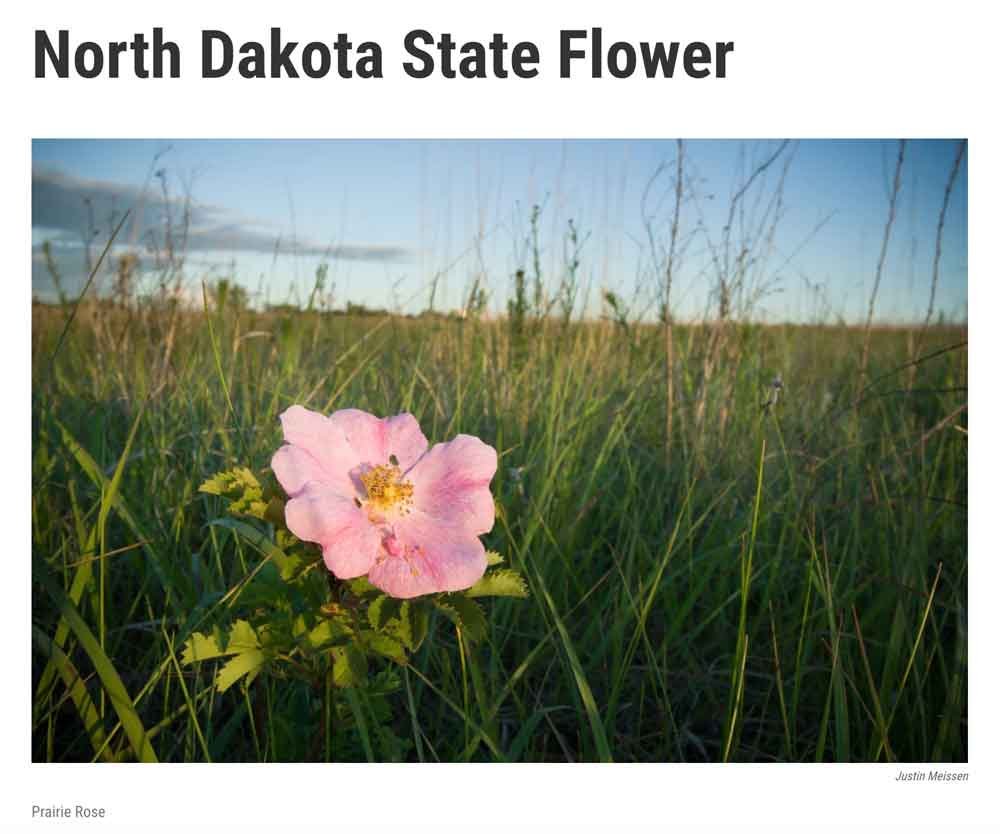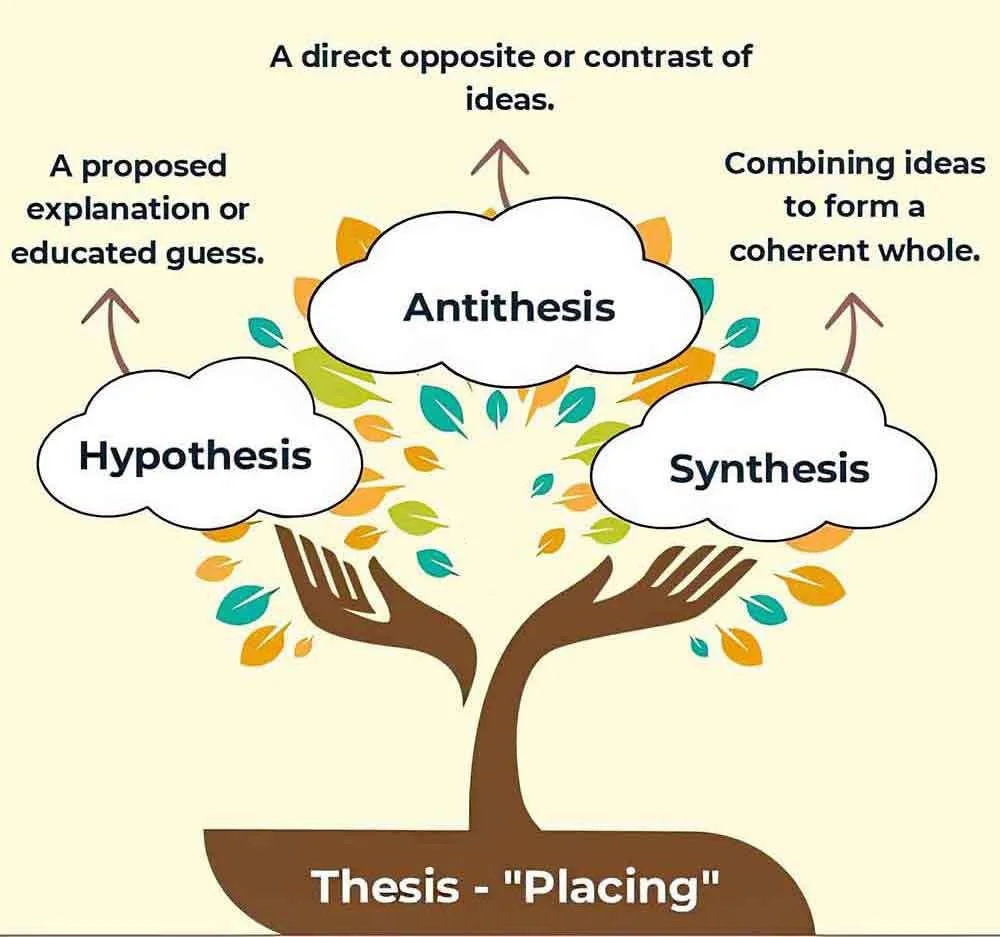“INDIAN SUNSET”
ELTON JOHN & BERNIE TAUPIN
• This video has the lyrics but…
• Some of the spelling, grammar and punctuation are off
• And some of the images are lame of wrong
(see what a Prairie Rose really look like below)
• If Dr. Cat can find the time, maybe he’ll correct the lyrics and select better images!
And…
Why is this song called “Indian Sunset” and not “Indian Sunrise”?
What character is singing in this song? (Who is Elton John giving voice to?)
What is a tomahawk?
Who (or what) do you think Yellow Dog might be?
What inspired Bernie Taupin to write the lyrics for “Indian Sunset”?
Whatʻs an “historical fact”?
What historical facts give “Indian Sunset” emotional power?
What is “poetic license”?
Note where Bernie Taupin used poetic license.
Now that you have a deeper understanding of this song, what do you like (or dislike) about it?
• READ •
“INDIAN SUNSET”
ELTON JOHN & BERNIE TAUPIN
LYRICS
As I awoke this evening
With the smell of wood smoke clinging
Like a gentle cobweb hanging
Upon a painted tepee
Oh, I went to see my chieftain
With my war lance and my woman
For he told us that the yellow moon
Would very soon be leaving
This I can't believe I said
I can't believe our Warlord's dead
Oh, he would not leave the chosen ones
To the buzzards and the soldiers guns
Oh, great father of the Iroquois
Ever since I was young
I've read the writing of the smoke
And breast-fed on the sound of drums
I've learned to hurl the tomahawk
And ride a painted pony wild
To run the gauntlet of the Sioux
To make a chieftain's daughter mine
And now you ask that I should watch
The red man's race be slowly crushed
What kind of words are these to hear
From Yellow Dog, whom a white man fears?
Oh, I take only what is mine, Lord
My pony, my squaw, and my child
I can't stay to see you die
Along with my tribe's pride
I go to search for the yellow moon
And the fathers of our sons
Where the red sun sinks in the hills of gold
And the healing waters run
Trampling down the prairie rose
Leaving hoof tracks in the sand
Those who wish to follow me
I welcome with my hands
I heard from passing renegades
Geronimo was dead
He'd been laying down his weapons
When they filled him full of lead
Now there seems no reason why
I should carry on
In this land that once was my land
I can't find a home
It's lonely and it's quiet
And the horse soldiers are coming
And I think it's time I strung my bow
And ceased my senseless running
For soon I'll find the yellow moon
Along with my loved ones
Where the buffaloes graze in clover fields
Without the sound of guns
And the red sun sinks at last
Into the hills of gold
And peace to this young warrior
Comes with a bullet hole
iNSPIRATION
Bernie Taupin was inspired to write the lyrics for “Indian Sunset” after seeing the Frederic Remington painting, "The Scout: Friends or Foes?"
The painting depicts a Native American scout on horseback observing a cavalry unit in the distance.
“Indian Sunset” focuses on the events surrounding the Trail of Tears and the displacement of many Native American groups by the United States. While the broader historical context is accurate, specific details were altered for narrative impact.
History
What is an historical fact?
Historical fact: a verifiable event or circumstance from the past that can be supported by evidence. It is not a matter of opinion or interpretation, but rather something that demonstrably happened.
“Indian Sunset” captures the general tragedy and injustice faced by Native Americans during westward expansion.
Forced displacement and loss of land, the Indian Removal Act and the subsequent Trail of Tears
Destruction of culture and way of life
Broken treaties and betrayal
The "horse soldiers" and "buffaloes graze in clover fields without the sound of guns" evoke the military campaigns against Plains tribes and the intentional destruction of the buffalo, central to many Native cultures of the West.
Poetic license
Bernie Taupin took some “poetic license” with his story telling.
What is “poetic license?”
Poetic license: the act by a writer or poet of changing facts or rules to make a story or poem more interesting or effective.
The lyrics invoke the "great father of the Iroquois," but the Iroquois Confederacy (Haudenosaunee) is indigenous to the Northeast and Great Lakes region, not the prairies or the American West where much of the song’s imagery is set.
This is a clear example of poetic license, blending different Native cultures for emotional effect rather than historical accuracy.
Geronimo, the famed Apache leader, was not killed in battle nor "filled full of lead."
He surrendered to General Miles in 1886 and spent the rest of his life as a prisoner of war, dying of pneumonia in 1909 at age 79.
The name Yellow Dog (also known as Old Coyote or Fox Just Coming Over The Hill) was associated with a specific Crow leader. He is depicted in historical photographs, sometimes holding a fan and with a hand mirror.
The name Yellow Dog is also and often linked to the concept of "Old Coyote," where "yellow" can signify an older, powerful, and wise coyote whose fur has faded.
Portraits of Yellow Dog often capture a sense of wisdom and resilience, reflecting the experiences of North American tribal cultures.
Bernie Taupin’s narrator mentions "running the gauntlet of the Sioux" and "trampling down the prairie rose," further mixing tribal references and landscapes for narrative effect.
This amalgamation is not historically accurate but serves to universalize the story of loss and resistance among Native peoples.
Conclusion
"Indian Sunset" is a powerful, evocative narrative that uses poetic license to blend elements from different Native American histories and cultures.
While it is not historically precise—particularly regarding Geronimo’s fate and the mixing of tribal identities—it succeeds in conveying the emotional devastation of Native peoples during the era of westward expansion and forced displacement.
Bernie Taupin’s choice to prioritize emotional truth over factual accuracy is typical of the narrative style he and Elton John employed in their early work
Amalgamation – A mix or blend of different things.
Buffalo – A large animal that once lived in huge herds on the American plains.
Chieftain – The leader of a tribe or group.
Composite – Made from different parts or pieces.
Displacement – Being forced to leave your home.
Evocative – Making strong feelings or memories come to mind.
Geronimo – A famous Apache leader who fought against the U.S. government.
Haudenosaunee – Another name for the Iroquois people.
Imagery – Words that create pictures in your mind.
Iroquois – A group of Native American tribes from the Northeast.
Narrative – A story or telling of events.
Perspective – The way someone sees or understands something.
Poetic license – Freedom writers use to change facts to make a story better.
Prairie – A large, flat area of grassland.
Renegade – Someone who leaves their group and acts on their own.
Resistance – Trying to stop or fight against something.
Surrender – To give up or stop fighting.
Symbolic – Using something to stand for an idea or feeling.
Tragedy – A very sad or terrible event.
Warlord – A leader who uses force or violence to control an area.
► COMPREHENSION QUESTIONS
— please answer with complete sentences
Why is this song called “Indian Sunset” and not “Indian Sunrise”?
What character is singing in this song? (Who is Elton John giving voice to?)
What is a tomahawk?
Who (or what) do you think Yellow Dog might be?
What inspired Bernie Taupin to write the lyrics for “Indian Sunset”?
Whatʻs an “historical fact?
What historical facts give “Indian Sunset” emotional power?
What is “poetic license”?
Note where Bernie Taupin used poetic license.
Now that you have a deeper understanding of this song, what do you like (or dislike) about it?
► From EITHER/OR ► BOTH/AND
► FROM Right/Wrong ► Creative Combination
THESIS — Argue the case that if your are going to write about history—in story or in song—you should stick to historical fact.
ANT-THESIS — Argue the case that the only by embracing poetic license can a writer communicate the deeper emotions and true meaning of history.
SYN-THESIS — Find a way to blend these two perspectives!

